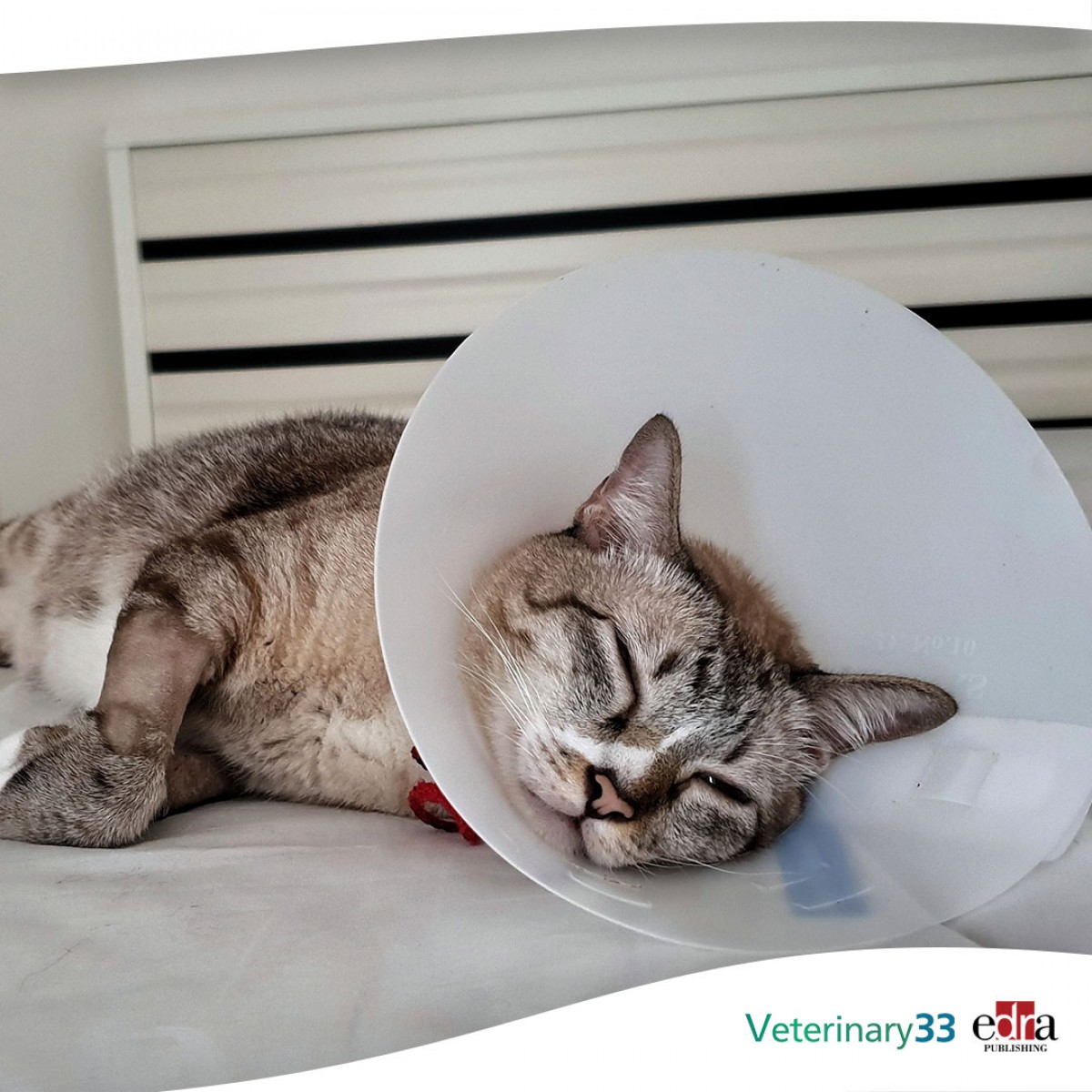Evidence of dirofilaria immitis in felids in northeastern Italy
This study provides new data on the occurrence of heartworm in domestic cats and wildcats in northeastern Italy.
Dirofilaria immitis is a mosquito-borne nematode, causing heartworm (HW) disease in wild and domestic canids. HW can also affect felids with different clinical patterns from asymptomatic pictures to sudden death, making the monitoring and diagnosis complicated. Canine HW is endemic in northeastern Italy; however, very little information has been recorded for felids.
Two hundred and six domestic cats from Veneto, Friuli-Venezia Giulia, Trentino Alto-Adige regions, nine captive felids from zoological parks from Veneto and 19 European wildcats from Friuli Venezia Giulia were recruited for the study. Sera/plasma was analyzed for the detection of anti-HW antibodies (Ab) and HW antigens (Ag). Positive blood samples were molecularly analyzed, targeting the HW DNA (5S-rRNA gene).
Results showed that 12 out of 206 (5.8%) cats presented with Ab, and three out of 206 (1.5%) presented with Ag, mainly those from the Veneto region, already known as a canine HW-endemic area. Among Ab-positive cats, two were from Belluno, a mountain province previously considered free, suggesting the expansion of HW into the northern areas. No cats were positive for both Ab and Ag. Three out of 19 (15.8%) wildcats were Ag-positive, constituting the first HW report in Italy. No captive felids were positive. Dirofilaria immitis DNA was not amplified in positive samples, suggesting the low sensitivity of PCR on blood.
This study proved the circulation of D. immitis in domestic cats and, for the first time, in wildcats from provinces of northeastern Italy. Researchers said this has highlighted the importance of taking regular preventative measures for cats living in endemic or hyper-endemic areas, along with the need to include HW disease in the differential diagnosis.
In clinical practice, the elusive picture and the unpredictable effects of HW infection in cats leads to the need for a combination of more diagnostic methods to confirm the exposure and/or the infestation. Considering the limits of available serological tests, the possibility to employ imaging diagnostics to determine the presence of heartworms is recommended.
Marika Grillini, et al. “Evidence of Dirofilaria immitis in Felids in North-Eastern Italy.” Pathogens. 2022 Oct 20;11(10):1216. doi: 10.3390/pathogens11101216.














List
Add
Please enter a comment